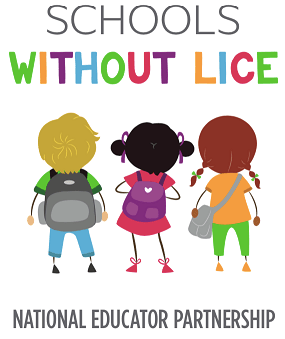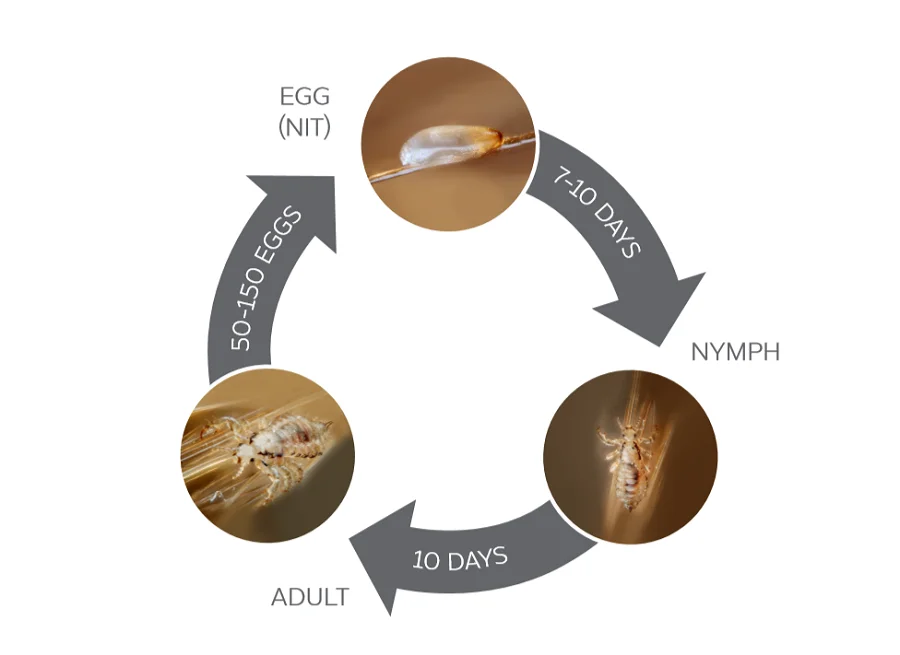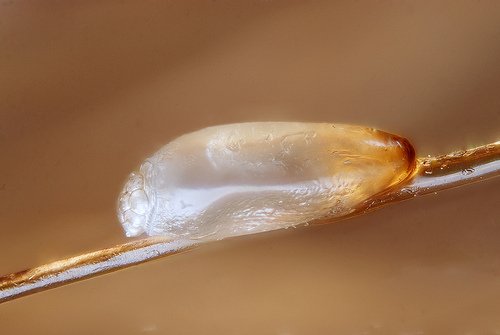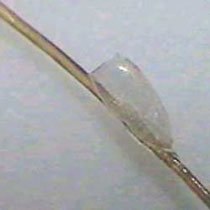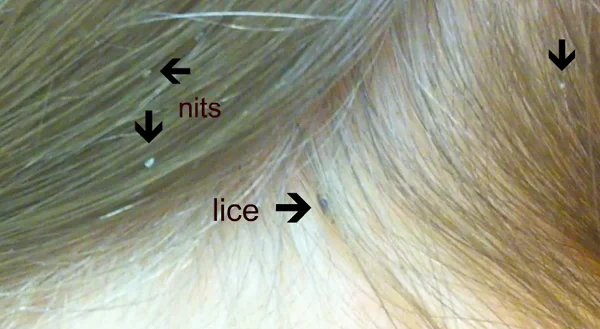What Parents Need to Understand About Head Lice
If you are a parent of young children, it is all too familiar to hear that lice are spreading amongst your child’s classroom. Although lice are pests, there are misconceptions about how they spread. They can absolutely spread from person to person, but they do not spread the way you think they would. Before panicking, consider these facts about lice and why you should not be afraid for your child:
1. Lice Do Not Spread Easily
Although they multiply fast once they lay eggs, once they get knocked off of a human scalp, they die within 24 hours.
2. Lice Do Not Jump From Scalp to Scalp That Easily
Despite the invasive nature of lice, they do not jump at all. They are crawlers and can only be transmitted through direct contacts, such as during playtime, when kids experience head-to-head contact with each other.
3. Do Not Prevent Your Children from Going to School Despite Lice Infestations
Pediatricians suggest that lice are not easily spread through classrooms, so preventing your children from attending school is not necessary. The school’s administration should be responsible for handling the case in the event of an outbreak, so it is completely fine to continue sending your child to school as long as he or she refrains from having head-to-head contact with other students.
4. Lice Are a Problem That Transcends Socioeconomic Classes
Despite the social stigma that getting lice reflects the cleanliness or living conditions of a family, this notion is untrue. Anyone can get lice, which is why excluding children from their school environment perpetuates the age-old beliefs.
5. Lice are Easily Diagnosed
When peeking around your child’s scalp or head, you may notice the presence of live insects. Use a fine comb to check hair, as well as the areas behind the ear and at the base of the neck. If there is a lice infestation, you will find both bugs and their eggs.
Eggs are easily confused for dandruff, hair products, glitter, and dried up shampoo, so be sure to check if the objects are stuck strongly to hairs. If these are indeed eggs and lice, the following point is how to get rid of lice.
6. Catch and Treat Infestations Early
When a family member is diagnosed with lice, it is best to run through all people in the house for head checks, and get treated as a family to avoid further infestation. The best way to go about it is to have professional lice treatment.
7. A Cleaning Spree is Not Always Needed After a Lice Outbreak
Since lice only live around 24 hours off of a scalp, a simple change of sheets, pillowcases, and washing clothes is a good enough precaution to take after lice have been treated. If the item affected cannot be washed easily, place it in a plastic bag for two whole days to ensure that the louse has died out.
Lice Removal Services in Jacksonville, Orlando, and Savannah
Lice infestations are not as menacing as people have made it out to be. They are easily treated if you let the professionals handle them. At Fresh Heads Lice Removal, we offer top-quality lice removal services in Jacksonville, Orlando, FL, and Savannah, GA. If you or a family member is suffering from an infestation, contact us now!
Schools Without Lice
Our mission at Fresh Heads is to get rid of lice in schools across the country. That’s why we’ve partnered with the Lice Clinics of America to create the Schools Without Lice program. Through this program, we’re able to provide teachers and nurses with free head lice screenings, resources, and treatments. Together, we can have schools without lice!


